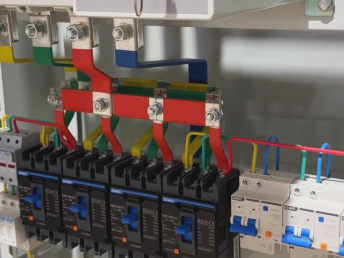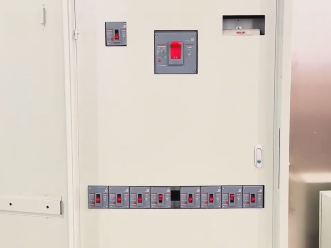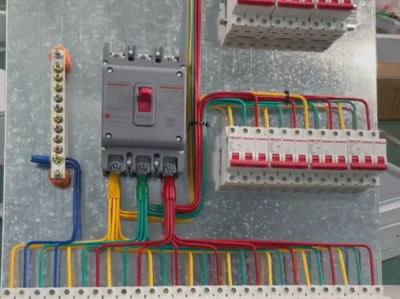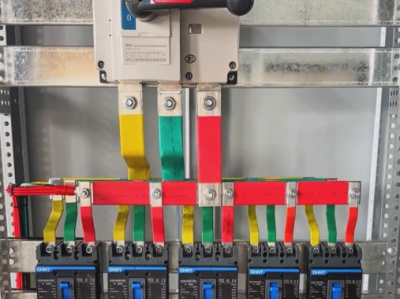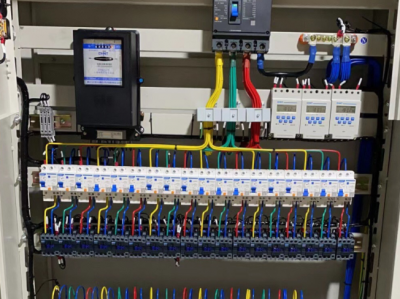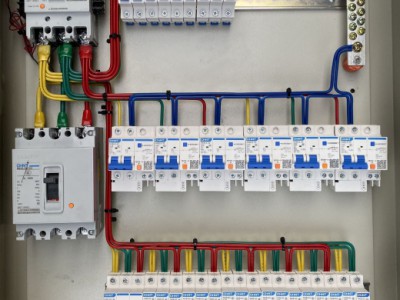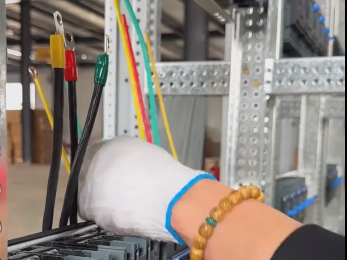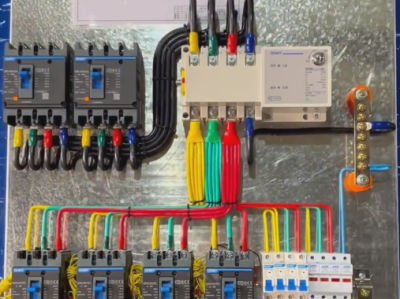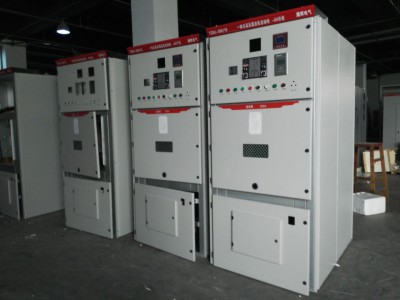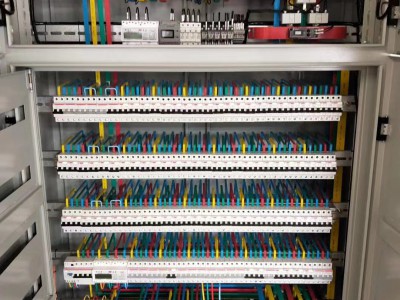PT cabinet
Product description
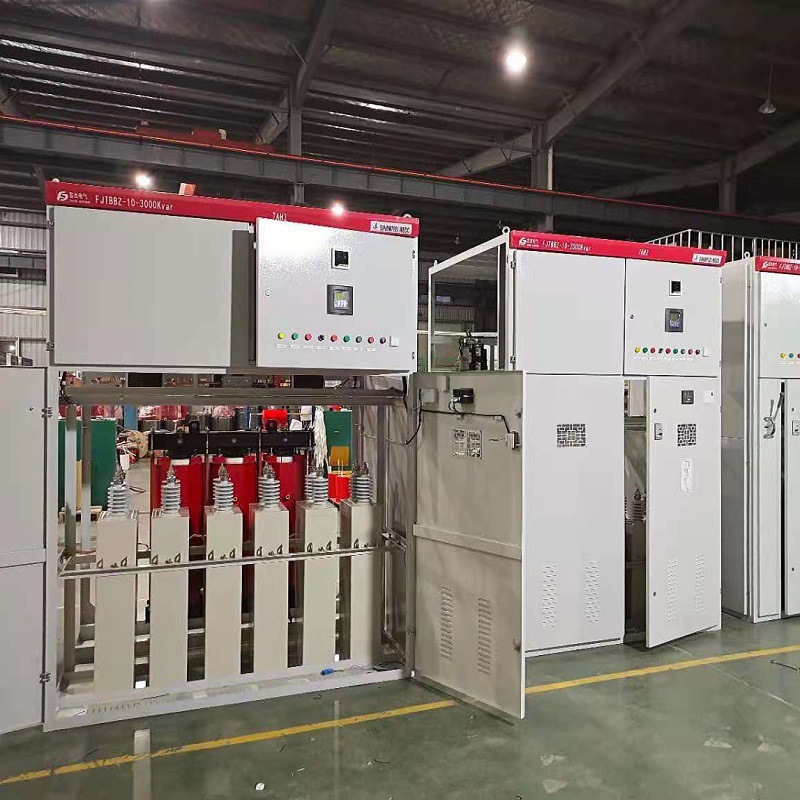 *I. Definition of PT cabinet**
*I. Definition of PT cabinet**
The PT cabinet is a potential transformer cabinet. It is an electrical equipment that converts high voltage into standard low voltage (100V or other specified values) in proportion. It is mainly composed of potential transformers and their accessories and plays an important role in the power system.
**II. Main functions of PT cabinet**
1. **Voltage measurement**
- Used to measure bus voltage and provide accurate data for voltage monitoring in the power system. For example, in a substation, operators judge the operating status of the bus according to the voltage value measured by the PT cabinet to ensure that the voltage fluctuates within the specified range.
2. **Providing secondary voltage for protection devices**
- Many protection devices (such as overvoltage protection, undervoltage protection, etc.) need accurate voltage signals for judgment and action. The secondary voltage signal provided by the PT cabinet is input into the protection device. When the system voltage is abnormal, the protection device can act in time to protect the safe operation of power equipment.
3. **Electric energy metering**
- Cooperating with electric energy meters to accurately measure electric energy. In the billing link of the power system, the PT cabinet converts high voltage into a low voltage signal suitable for electric energy meter measurement to ensure the accuracy of electric energy measurement.
4. **Used for synchronous operation**
- When parallel operation is performed in the power system (such as generator grid connection, etc.), it is necessary to detect whether parameters such as voltage, frequency and phase of two power sources meet the synchronous conditions. The voltage signal provided by the PT cabinet can be used in the synchronous device to judge whether the conditions for synchronous closing are met.
**III. Structural composition of PT cabinet**
1. **Potential transformer**
- This is the core component of the PT cabinet. There are types such as electromagnetic potential transformers and capacitive potential transformers. The electromagnetic potential transformer uses the principle of electromagnetic induction to convert high voltage into low voltage; the capacitive potential transformer realizes voltage transformation based on the principle of capacitive voltage division.
2. **Fuse**
- Mainly used to protect potential transformers. When a short-circuit fault or overload occurs inside the potential transformer, the fuse will blow and cut off the circuit to prevent the fault from expanding and protect the safety of equipment and systems.
3. **Disconnecting switch**
- Used to isolate the potential transformer from live parts such as buses during the inspection or maintenance of the PT cabinet to ensure the safety of maintenance personnel.
4. **Related elements of secondary circuit**
- Include wiring terminals, relays, measuring instruments, etc. Wiring terminals are used to connect the secondary winding of the potential transformer and other equipment in the secondary circuit; relays can be used for some auxiliary control and signal conversion; measuring instruments (such as voltmeters, etc.) directly display the measured secondary voltage value.

